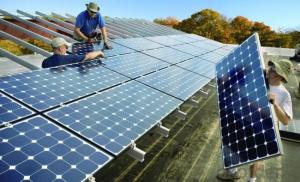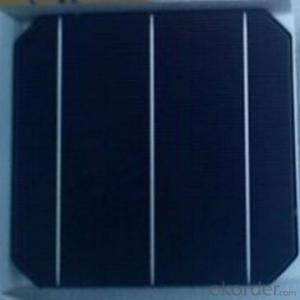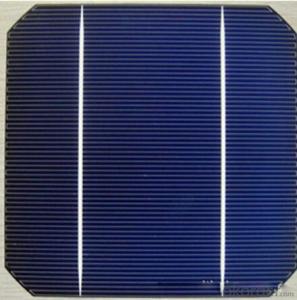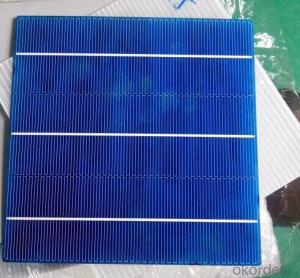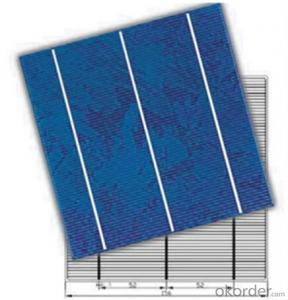American Made Solar Cells
American Made Solar Cells Related Searches
Grinding Wheels Come In Grades From Coarse To Fiberglass Strands In Skin Adirondack Chairs Made Of Recycled Plastic Center Carpet In Abuja Hunter Green Aluminum Trim Coil Aluminum Vinyl Siding Trim Coil 24 X 50 Aluminum Trim Coil Geomembrane In Pakistan Mastic Aluminum Trim Coil Colors Alside Aluminum Trim Coil ColorsHot Searches
Cheap Solar Cells For Sale Flexible Solar Cells For Sale Q Cells Solar Panels For Sale Printed Solar Cells For Sale Bulk Solar Cells For Sale 6x6 Solar Cells For Sale Broken Solar Cells For Sale Cpv Solar Cells For Sale Photoelectric Cells For Sale Price Of Silicon Solar Cells Price Of Solar Cells Over Time Buy Solar Cells From China Cheap Solar Cells China Best Type Of Solar Cells Flexible Solar Cells Price Q Cells Solar Panels Price 3 Types Of Solar Cells Production Of Solar Cells Common Types Of Solar Cells Q Cells Solar Panel PricesAmerican Made Solar Cells Supplier & Manufacturer from China
Okorder.com is a professional American Made Solar Cells supplier & manufacturer, offers integrated one-stop services including real-time quoting and online cargo tracking. We are funded by CNBM Group, a Fortune 500 enterprise and the largest American Made Solar Cells firm in China.Hot Products
FAQ
- Can anybody tell me how to make a solar cell at home?
- All I can tell you is "yes you can!"
- Yes, solar cells do require some maintenance. Regular cleaning of the solar panels to remove dust, debris, or any shading objects is necessary to ensure optimal sunlight absorption. Additionally, occasional inspection and maintenance of the electrical connections, inverters, and batteries (if present) may be required to ensure efficient and uninterrupted operation.
- The working principle of solar cells includes the three processes
- The solar cells absorb photons with a certain energy and excite unbalanced carriers (photogenerated carriers) - electron - hole pairs. These electrons and holes should have sufficient life, and they will not disappear after they are separated.
- Bird droppings or debris on solar cell surfaces can significantly impact their performance. The accumulation of bird droppings or debris on the surface of solar cells can block sunlight from reaching the cell, reducing the amount of energy the cell can generate. This obstruction can lead to a decrease in the overall efficiency of the solar panel. Additionally, bird droppings contain corrosive substances that can damage the protective coatings on the solar cells, potentially reducing their lifespan. Therefore, regular cleaning and maintenance of solar panels is essential to ensure optimal performance and maximize energy production.
- Yes, solar cells can be used in electric fence systems. Solar cells can generate electricity from sunlight and convert it into usable energy, which can power an electric fence system. This eliminates the need for traditional grid power or batteries, making it a cost-effective and environmentally friendly option.
- No, solar cells cannot generate electricity during a blackout because they require a connection to the electrical grid to function and supply power.
- Solar cells are connected in a solar panel through a series of electrical connections, typically using metal conductors, to form an array. These connections allow for the flow of electric current generated by individual solar cells, which are usually made of silicon-based semiconductors, to be combined and harnessed as usable electricity.























